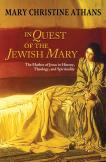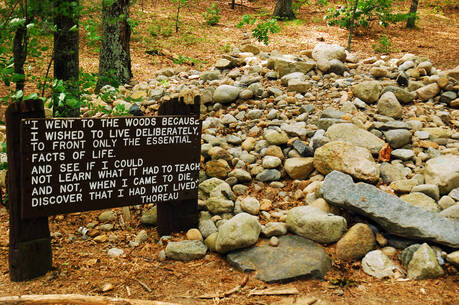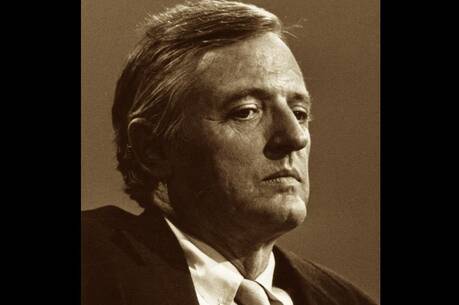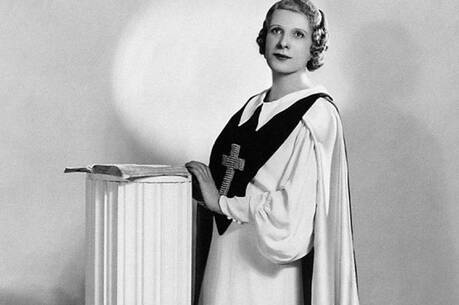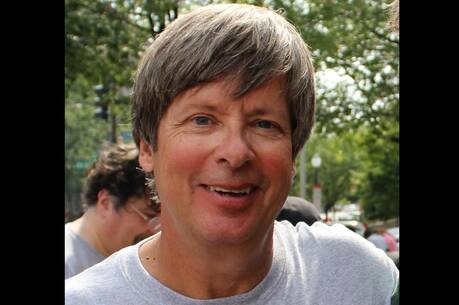Woman Of All Seasons
Few works deliver on the promise of their title with such success as Mary Christine Athans’s book on Mary. The scholarship is solid, the prose accessible and her personal reflections engaging. The book can also be provocative, since discussions of Mary lead to questions about the contested role of women in the church.
Mary Christine Athans, B.V.M., is a religious sister who has dedicated her life’s work to understanding past and present day Judaism and its relationship to Christianity. As a scholarly woman of faith she has combined devotion to Mary with research in feminist thought and theology. Her intellectual insights into the continuity of Christianity with its Jewish roots have been deepened by participating in Hebrew prayer services with Jewish congregations, Jewish scholars and ecumenical groups of women. Athans demonstrates loving understanding of Judaism and feminism from the inside. Jesus now lives for her as an observant Jewish rabbi with female disciples. Being able to find the Jewish Jesus in historical context gives wings to her quest for the Jewish Mary.
Exciting new archeological and Biblical research reveals the Second Temple Judaism of Jesus and Mary as a complex and conflicted society. The land with its diverse population was embroiled in the politics of a multicultural client Jewish kingdom dominated by the power of the Roman Empire. Poor peasants were cruelly exploited by their rich Jewish landlords as well as by the foreign conqueror. Misery and unrest prevailed. Pluralism within Jewish groups produced internal conflicts and bitter controversies in the struggle for religious control.
Athans describes the diverse scene and delivers some surprising facts. Who knew that the Pharisees were divided into more rigid and more liberal factions? Or that Jesus’ teachings overlap with that of those Pharisee groups who followed the great sage Hillel? He famously taught that love of God and neighbor were the core of the law. His group of Pharisees stressed “the interiority of the Covenant” and the “oral Torah,” and asserted that the conversion of hearts and minds produces the merciful deeds that please God.
Even more significant for modern women is the accrual of evidence that some Pharisee groups may have had independent female members participating in the study and discussions. In fact, wealthy women played leading roles in the synagogues, and poorer women members participated in the reading and study of Torah. Mary would have known of the example of strong Jewish women in the tradition, like Miriam, Judith, Ruth, Esther and the mother of the Maccabees. Observant Jewish women would have known of these heroines, prayed their prayers, recited the psalms and celebrated the liturgical rituals of the season. While the material culture of poor Jews struggling to support their families could be minimal, knowledge of the Torah, the psalms, the prophets and ritual celebrations in home and temple generated a rich religious heritage for men and women. Women could also be supportive members of a teacher’s disciples, as in the case of Jesus himself.
Athans asserts that Mary not only would have prayed, read and studied Torah with Jesus in the local gathering or synagogue, but in all likelihood would have been friends and co-workers with his female disciples. After the resurrection, Mary was present with the disciples at Pentecost and the birth of the church. Athans envisions the actual Mary as a strong woman of heroic faith working in the early church’s “disciples of equal.” In naming Mary “prophet,” “friend of God” and “truly our sister,” who takes a leading role in church ministry, a Christian feminist message is delivered. A new understanding of Mary gives new impetus to bring about the full and final equality of women in the church.
Understanding the 2,000-year-long story of Mary’s role in the Western church is also essential in order to move forward in the present. In the first part of her book, Athans gives a succinct and fascinating account of Mary, “the woman of a thousand faces”—and of manifold titles and images. In theological struggles to understand the Incarnation, Mary’s role becomes debated and contested. In contact with pervasive pagan worship of feminine goddesses, Marian devotion is influenced and exaggerated. It also seems true that Mary’s tender maternal mercy was an important counter to distorted Christian images of a wrathful father-God and judging Son. Similarly, when the Holy Spirit was all but forgotten, Mary subsumed its creative role as bringer of beauty and wisdom.
When royalty and empire are glorified, images of Mary as queen or empress are adopted with appropriate cultural forms. As Christians finally separated from their Jewish roots, amnesia for the Jewishness of Jesus and Mary grew along with anti-Semitism. Mary as the blonde, blue-eyed Nordic princess was born. In eras of sentimental romantic mores, Marian images and ideals of pure behavior were constructed that constrained women’s intellectual and social development. Essential feminine gender identities as passive, receptive brides were prescribed and justified as Marian characteristics that complemented the essentially opposite male. And so on.
Today the scripturally based church reforms of the Second Vatican Council have blessedly allowed past distortions in Marian devotion to fade away. Mary Athans’s message is more than correct. Assimilating the Jewish Mary into our future church life is going to bear much fruit. It may even make us, through history and meeting, worthy of the promises of Christ.
This article also appeared in print, under the headline “Woman Of All Seasons,” in the October 13, 2014, issue.


